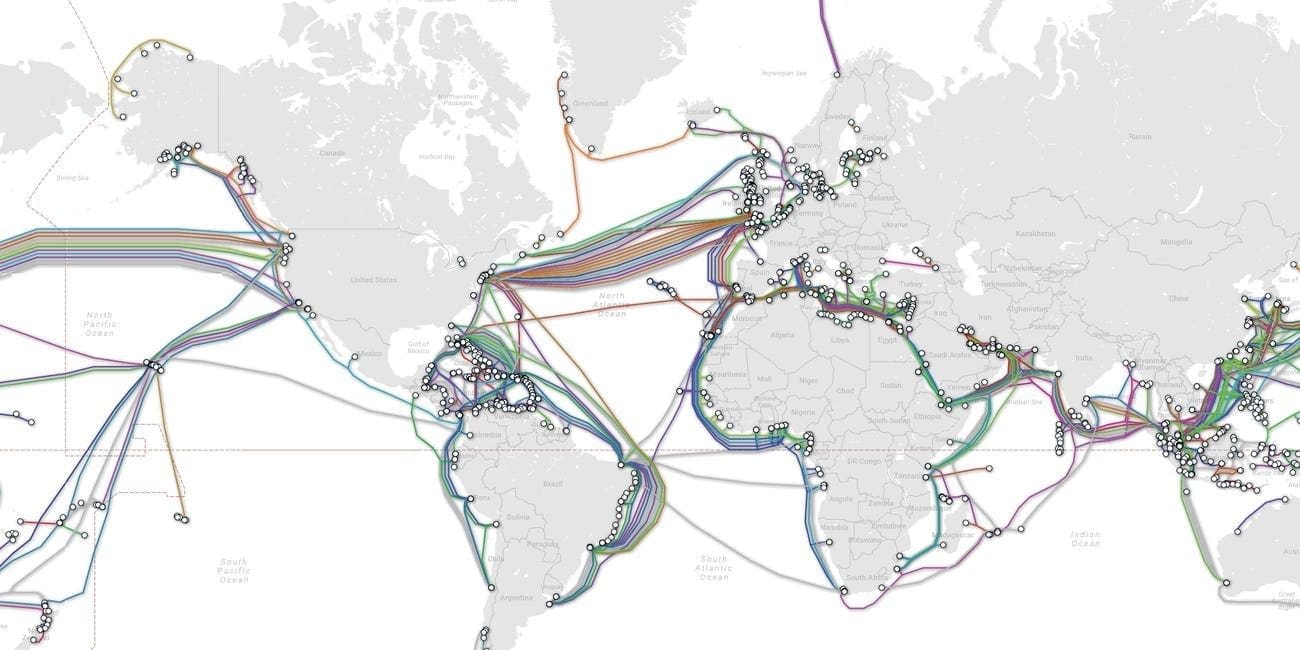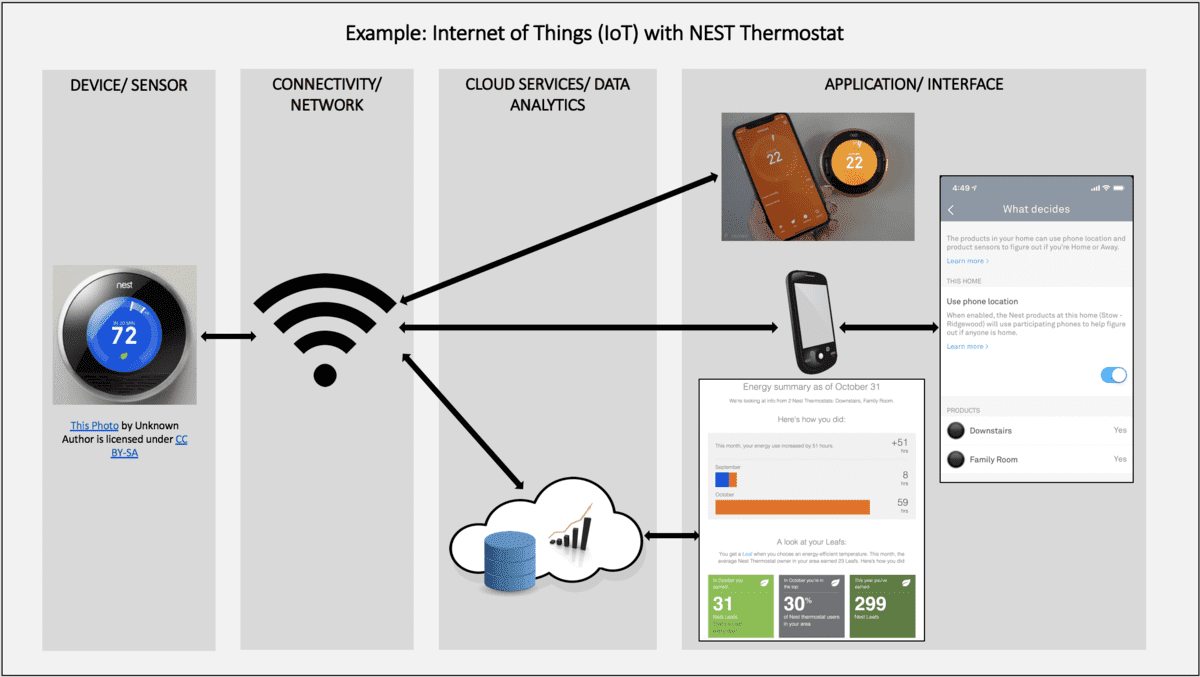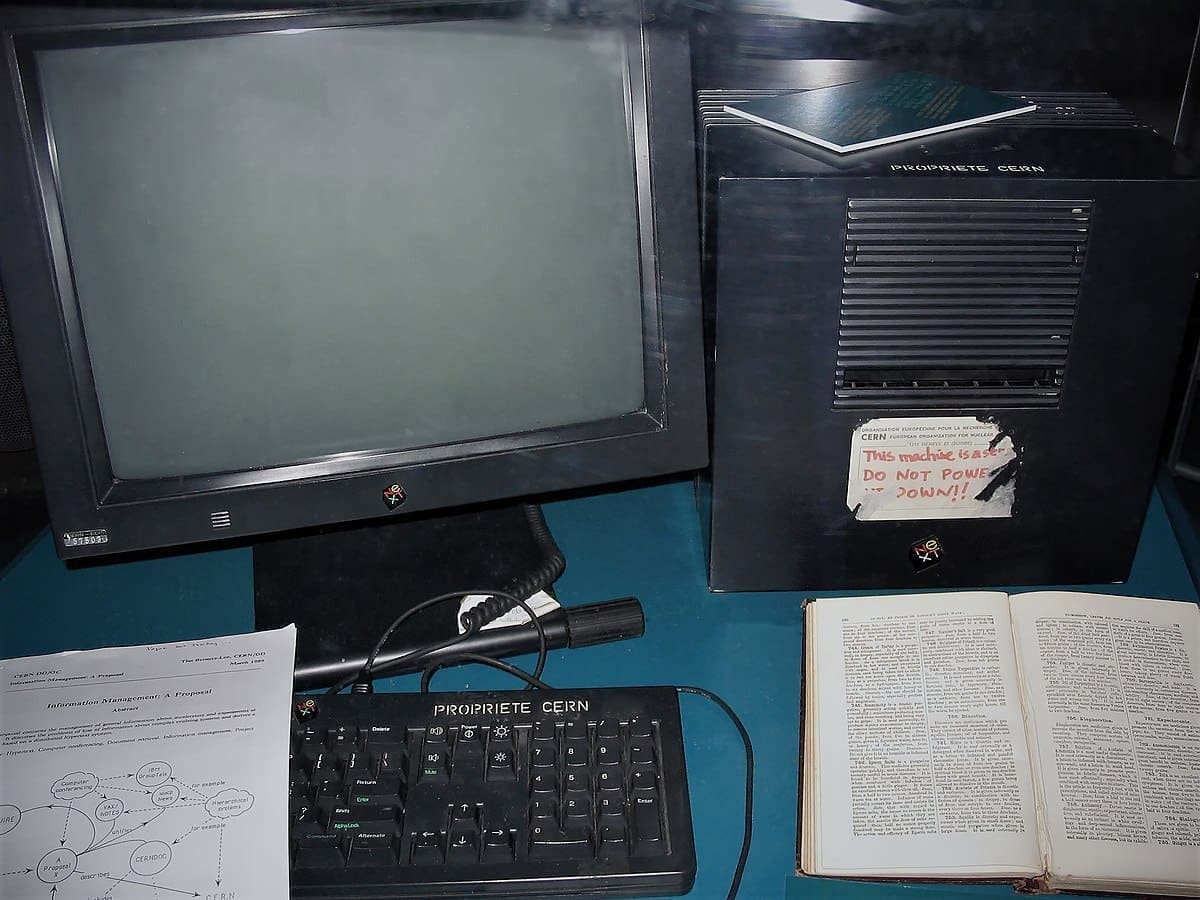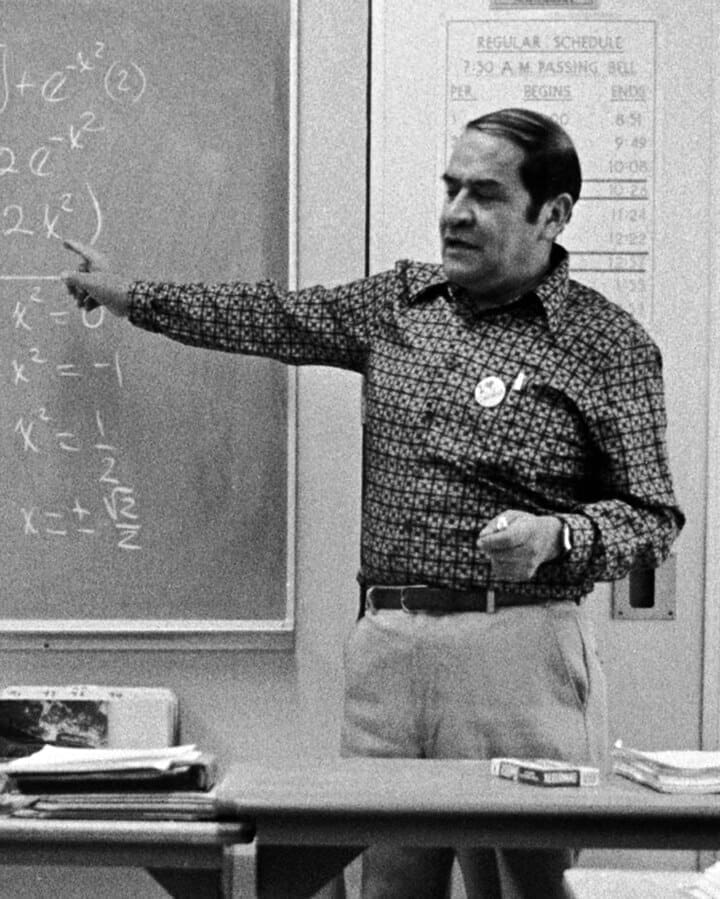Silicon Valley might dominate the headlines, but it’s far from the only source of innovation. The world of tech history is filled with minds who shaped the modern digital age, many of whom worked outside the spotlight, aka outside the United States altogether.
In today’s feature, we’ll get to know five global tech innovators whose breakthroughs underpin everything from your web browsing to smart appliances. Some worked in research labs, some in classrooms.
None became household names, but their contributions are the quiet engines of today’s connected world.
These wonderful minds built the protocols, systems, and foundations that make our hyper-connected lives possible. Without them, the technology we take for granted wouldn’t function.
Narinder Singh Kapany, Father of Fiber Optics from India
Imagine a world without high-speed internet, streaming services, or global telecommunications. That’s the world we’d still live in without Narinder Singh Kapany, the Indian-born physicist often dubbed the “Father of Fiber Optics.”

In the 1950s, Dr. Kapany conducted groundbreaking experiments that proved light could be transmitted through bent glass fibers. This was a radical idea at the time, as it was initially believed that light could only travel through straight lines.
Kapany’s innovation laid the groundwork for fiber optic communication, which today forms the backbone of broadband internet, cable TV, and modern data centers (yes, including the ones that power our most beloved AI friends).
His work also demonstrated that optical signals could be sent through tiny glass fibers. Over time, engineers built on that breakthrough to create today’s global network of undersea fiber optic cables that span the oceans.

People think that data is in the cloud, but it’s not. It’s in the ocean.” – Jayne Stowell, Google’s Strategic Negotiator for Global Infrastructure and Subsea Cables
For his notable contributions to the world of technology and innovation, Dr. Kapany received numerous awards, including The Excellence 2000 Award from the USA Pan-Asian American Chamber of Commerce in 1998 and the Asia Game Changer West Award in 2019.
His career spanned academia and entrepreneurship. He held over 100 patents in various fields, including biomedical instrumentation, solar energy, and pollution monitoring
But Kapany’s global impact remains largely unsung in mainstream tech narratives, overshadowed by flashier software innovations and corporate CEOs.
Dr Kapany’s work reminds us that the digital age was built on glass threads, first woven in labs far from Palo Alto. Without his work, your favorite Netflix show might still be buffering.
Ken Sakamura, Global Innovator of TRON OS from Japan
While most people associate operating systems with Windows, macOS, or Android, few have heard of TRON—and even fewer know Ken Sakamura, the Japanese visionary behind it.

Developed in the 1980s, TRON (The Real-time Operating System Nucleus) was designed to be fast, open-source, and capable of running on everything from kitchen appliances to cars.
Think of TRON as one of the first steps toward the smart devices we use today. In the 80s, when most people were still getting used to personal computers, TRON was designed to quietly run behind the scenes in appliances and electronics, the way smart home tech does now.
Today, TRON quietly powers billions of embedded devices, especially across Japan and Asia.
While it never became mainstream in Western PCs due to geopolitical barriers and commercial competition, its influence is massive. You’ve likely used TRON-powered devices without realizing it, like a smart fridge or a vehicle’s navigation system.
Sakamura basically foresaw the Internet of Things before it had a name. His goal was a “computer-augmented society,” one where computers disappeared into the background of daily life.

Tim Berners-Lee, Inventor of the World Wide Web from the UK
Another champion in tech history, I introduce you to Tim Berners-Lee. You may have heard of him before, but I’m willing to bet you may not grasp just how much we owe him.

Working at CERN (yup, the world’s largest particle physics laboratory) in 1989—not Google or Apple—Berners-Lee invented the World Wide Web, giving us HTML, HTTP, and URLs. Without him, we’d have no web browsers, no clickable links, and probably no cat videos.

Unlike many American tech giants, Berners-Lee didn’t cash in. He gave the web to the world for free, believing it should be open and accessible.
That ethos shaped the early culture of the internet—collaborative, decentralized, and idealistic.
“He wove the World Wide Web and created a mass medium for the 21st century. The World Wide Web is Berners-Lee’s alone. He designed it. He loosed it on the world. And he more than anyone else has fought to keep it open, nonproprietary and free.”
—Tim Berners-Lee’s entry in Time magazine’s list of the 100 Most Important People of the 20th century, March 1999.
If that wasn’t enough of a flex, Berners-Lee also happens to be one of the early champions of net neutrality. He’s long argued that ISPs (Internet Service Providers) should offer “connectivity with no strings attached” and shouldn’t control or snoop on your browsing habits without clear, informed consent.
While he doesn’t have the same household name status as tech titans like Zuckerberg, Musk, or Jobs, his contributions didn’t go unrecognized. Berners-Lee has been honored around the world, including being knighted by Queen Elizabeth II—so yes, officially, he’s Sir Timothy John Berners-Lee.
So next time you’re browsing a website, think of the man who made that possible—not in Silicon Valley, but in a Swiss physics lab with a bold idea and no desire for fortune.
Radia Perlman, Global Innovator and Mother of the Internet
You know what makes the internet work? Not just websites and apps, but the plumbing underneath—routing, switching, and efficient data travel. That’s where engineer and mathematician Radia Perlman comes in.
Often called the “Mother of the Internet,” she invented the Spanning Tree Protocol (STP), a fundamental piece of how Ethernet networks function.

Without her innovation, internet traffic would crash from endless loops. Her protocol ensured that data found its way safely and efficiently across complex networks. Basically, if you’ve ever used Wi-Fi or LAN, you’ve benefited from Perlman’s work.
To put things to perspective, we wouldn’t have any platforms to spread our internet slang on and viral videos wouldn’t spread without the groundwork she laid.
She worked in research institutions, not flashy startups, and her name rarely appears in media coverage. But Perlman’s designs made the modern internet reliable and scalable, qualities we take for granted. Her work also includes efforts to teach cryptography to kids and rethink internet security architecture.
Here’s Radia Perlman explaining her work in much simpler terms:
Radia Perlman is a reminder that women have huge contributions to our world, especially in male-dominated fields.
Jaime Escalante – Tech History Contributor from Bolivia
Best known from the comedy-drama Stand and Deliver, Jaime Escalante is often remembered as a high school math teacher. But his influence quietly extended into early tech education, especially in underserved Latino communities.

His success teaching calculus in East L.A. sparked a nationwide movement focused on STEM education equity.
While Escalante wasn’t a programmer or inventor, his legacy shaped the way educators approached tech literacy. His methods—discipline, high expectations, and cultural relevance—became models for teaching coding and computer science to first-generation students across the Americas.
Nonprofits and digital equity programs drew from his work. Initiatives like Code.org and Latin American STEM outreach trace ideological roots back to Escalante’s classroom. He made kids believe they could compete in tech fields, even when the odds (and the funding) were stacked against them.
Escalante’s story proves that access to tech isn’t just about hardware or coding languages—it’s about mindset, opportunity, and mentorship. In that way, his influence touches just as many keyboards as any coder.
Innovation Knows No Borders
Innovation doesn’t start and end in Silicon Valley. From India to Japan, Bolivia to Britain, the people profiled here reshaped the tech world without massive IPOs or TED Talks. Their stories remind us that tech history is a global mosaicm, not just a list of Western billionaires.
These global innovators show that ideas can come from research labs, classrooms, or countries often ignored by mainstream tech coverage. They worked behind the scenes, but their impact is everywhere—from your smartphone to your modem to your microwave.
By expanding our lens, we uncover a richer, more accurate story of how technology evolved. These pioneers were catalysts for change whose innovations underpin the systems and software we use, and benefit from, every day.
SOURCES:
https://www.sikhfoundation.org/dr-narinder-s-kapany-120320/
https://www.britannica.com/biography/Tim-Berners-Lee
https://www.biography.com/scholars-educators/jaime-escalante





0 Comments